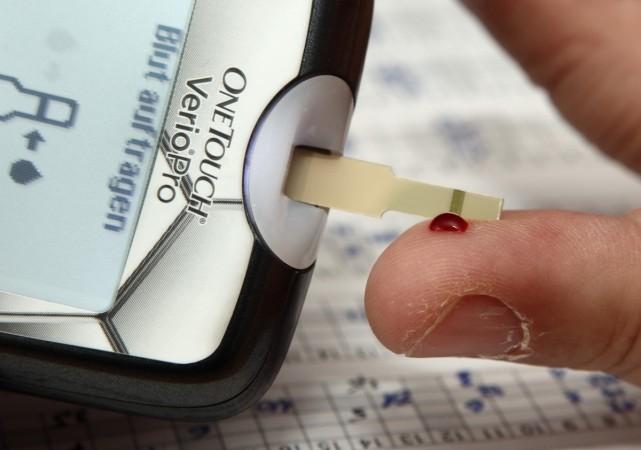
India will witness an increase in non-communicable diseases (NCDs) and aged population, but Indian households will spend more on healthcare over the next decade, a report by Deloitte India and Healthcare Federation of India (NAT Health) said.
The Indian healthcare system is affected by aspects of availability, affordability and quality of health services. India still lags behind the BRICS countries in terms of healthcare expenditures.
The report said the total healthcare expenditure in India is only 3.9 percent of GDP, compared to 8.9 percent of Brazil, 6.2 percent of Russia and 5.2 percent of China. Currently, only 25 percent of the Indian population is covered by health insurance, while the out-of-pocket expenditure is as high as 61 percent.
Rising burden of Non-Communicable diseases (NCDs)
A key area of concern for India is the proportion of NCDs, which is expected to rise in the next decade.
The report said that NCDs like diabetes, heart diseases and respiratory diseases are expected to comprise more than 75 percent of India's disease burden by 2025, compared to 45 percent in 2010.
"Rising prevalence of chronic diseases has resulted in a higher demand of healthcare services," the report added.
There has been a rapid increase in the number of patients suffering from chronic NCDs in India, according to the report.
India, known as the diabetes capital of the world, had 46 million diabetics in 2015 compared to 38 million diabetics in 2010.
The number of patients suffering from coronary heart disease increased to 62 million in 2015 from 47 million in 2010.
Around 23 million patients suffered from Chronic Obstructive Pulmonary Disease — the second leading cause of death in India — in 2015 compared to 21 million in 2010.
India's ageing population
The report further said that Indians above the age of 65 would constitute 7 percent (100 million) of the total population by 2020.
The share of the aged population (above the age of 65 years) was 5 percent of the total population in 2010.
"This would result in a much higher need for healthcare and medical devices, both at health facilities and homes," the report added.
Increased spending on healthcare
The rapid urbanisation, according to the report, has resulted in an increase in the income and affordability of Indians. The size of population earning more than $5,000 per annum is estimated to increase to around 450 million (28 percent of the total population) in 2025 from the current 145 million (12 percent of the total population). This is partly driven by increasing urbanisation in India, which is expected to reach 40 percent by 2030 from the current level of 32 percent.
Indians would hence spend more on the healthcare services. The report said the health insurance coverage is also expected to increase to 655 million by 2020 from the current 300 million people.
Consequently, each household is expected to spend 13 percent of its expenditure by 2025, compared to 7 percent in 2005.










